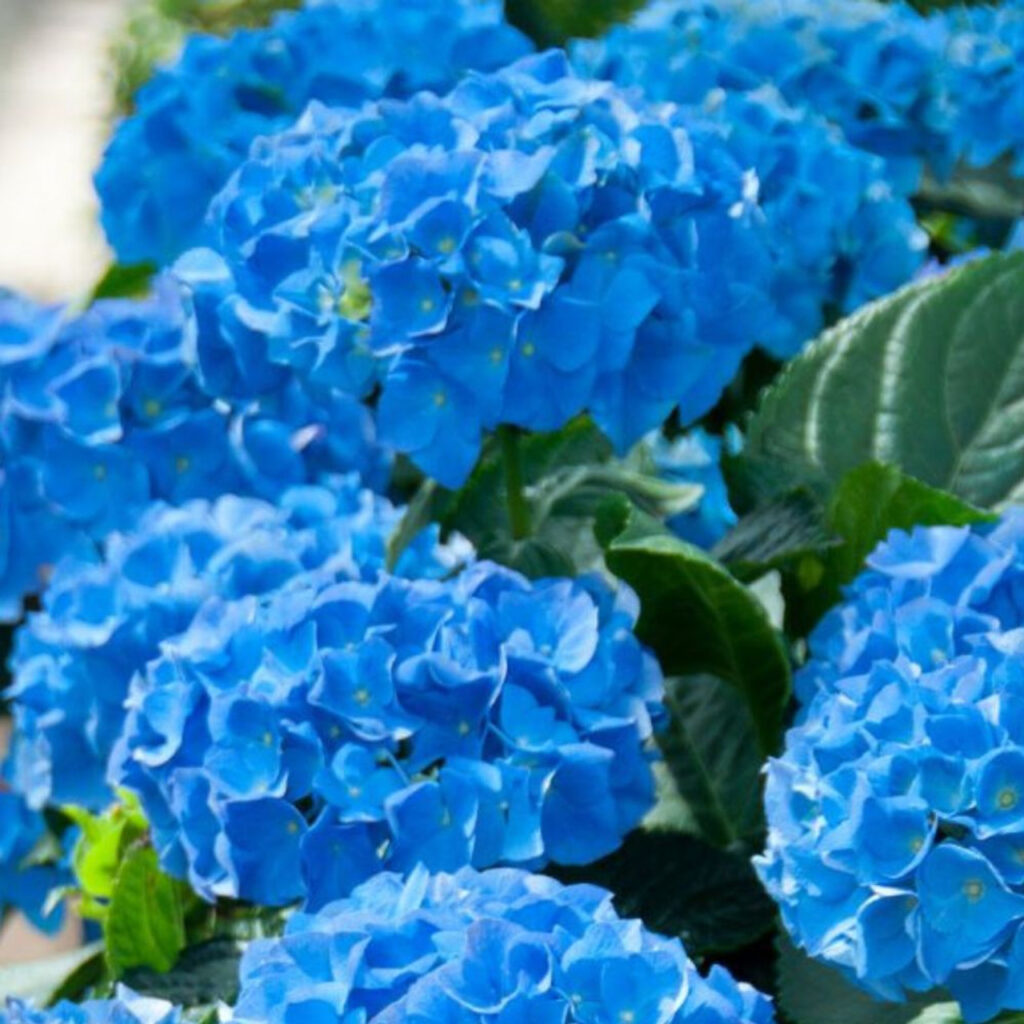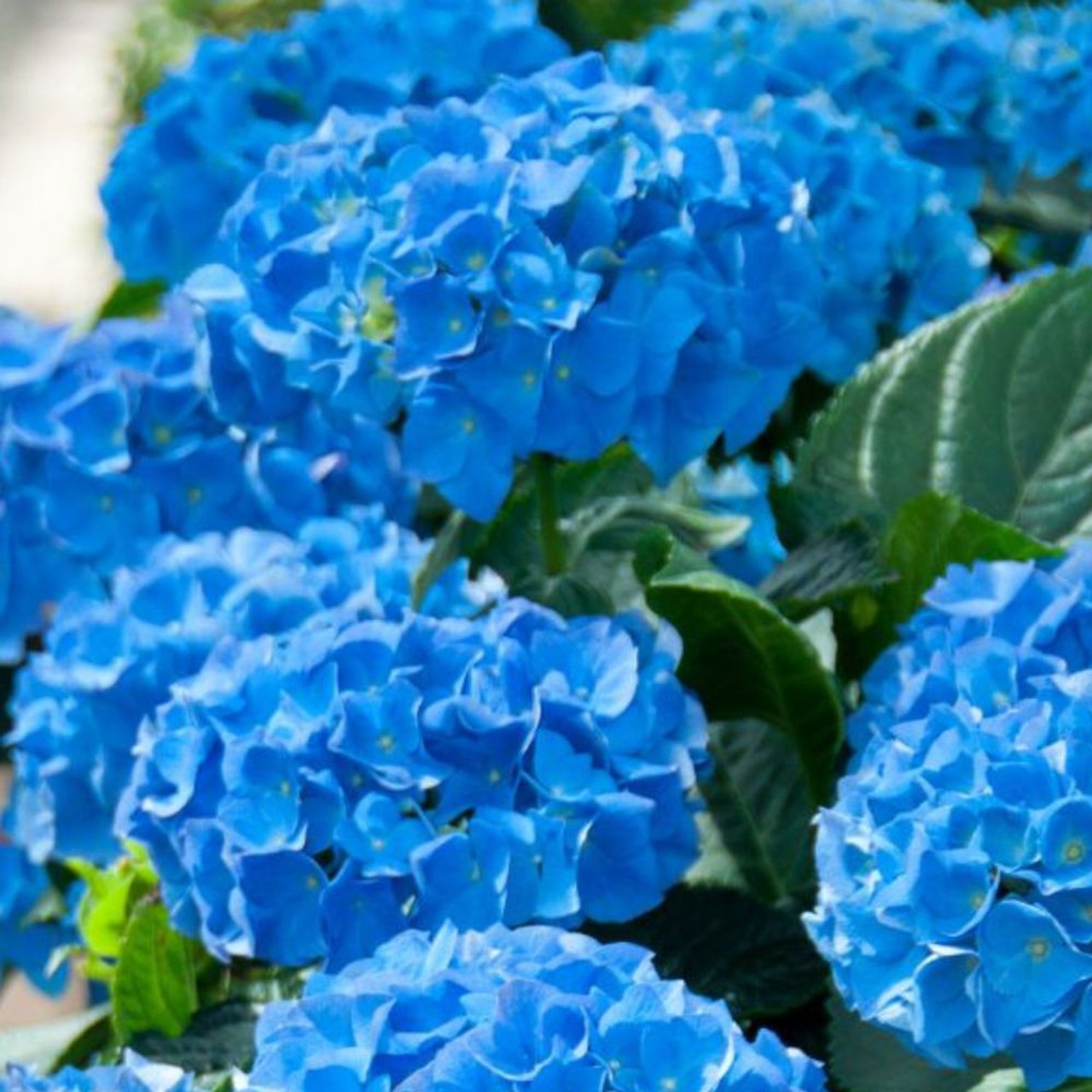
A Hydrangea, A Hero, and a Second Chance (Yes, Even for “Black Thumbs”)
Hydrangeas always stop me in my tracks. Not just because they’re beautiful — though they are with their fluffy blooms and soft blues and purples — but because they remind me of my mom.
They were her favorite.
She was known around town for her green thumb — everyone knew when “Charlene’s yard” started blooming. She could make anything grow, and honestly? I was the opposite. I used to say I had a black thumb because I killed nearly every plant I touched.
But my mom would just laugh, shake her head, and say,
“It just takes trial and error, patience, and the knowledge.”
She made it sound so simple, didn’t she?
My mom passed away several years ago, and I miss her more than words can say. She was my hero — the one who taught me to love without conditions, to forgive again and again, and to always give people second and third chances. She didn’t just grow gardens… she grew love.
And every time I see a hydrangea bloom, I feel her near.
If you have hydrangeas in your yard — or want to — here’s a beautiful way to keep growing that love. You can propagate them! It sounds fancy, but it’s actually really simple. Trust me — if the girl with the once-black thumb can do it, so can you. I am going to teach you how to propagate hydrangeas with a simple step-by-step method!
How to Multiply Hydrangeas
1. Find the right stem
Choose a soft, green stem (not the woody ones) that’s about 4–6 inches long and hasn’t bloomed yet. Make sure it has at least 2 or 3 little bumps or “nodes” where leaves grow.
2. Snip and strip
Make a clean cut just below a leaf node, then gently remove the bottom leaves. Leave a couple of small leaves at the top.
3. Optional boost
If you have rooting hormone, dip the cut end into it. If not, no worries — it still works!
4. Plant your baby
Stick the stem into moist, well-draining soil in a small pot. Press the soil around it gently to hold it in place.
5. Create a cozy home
Place a clear plastic bag loosely over the pot (like a little humidity dome). Keep it in a bright, warm spot — but no direct sun.
6. Be patient
Keep the soil damp but not soggy. In 2–4 weeks, you might see roots forming and new growth sprouting!
Once It Takes Root…
When your cutting starts growing new leaves, you can move it into a bigger pot or plant it right into your garden. Keep it watered and give it a little shade and shelter while it settles into its new home.
Why I Love This
It’s not just about the flowers.
Propagating hydrangeas is an act of hope. It’s a way to remember someone you love, to honor where the original plant came from, and to share that love with someone else. When you grow a new hydrangea from a cutting and gift it to a friend, it’s like passing along a little piece of beauty — and maybe even a story.
That’s what I did.
The hydrangeas in my garden came from my mom’s yard. Years ago, she helped me plant them outside my old studio, and I’ll never forget the photo of her sitting on the garden swing we placed there. She was surrounded by blooms she had nurtured — in a space she helped me grow with love. She taught me how to propogate hydrangeas, step by step. I thought I would never learn! It’s one of my favorite memories.
Now, when I share a cutting from one of those hydrangeas, it’s like I’m sharing a bit of her heart. A piece of her tenderness. Her legacy.
And honestly, gardening has helped me heal in ways I didn’t expect. It slows me down, brings me peace, and connects me to something bigger. If you’ve ever lost someone you love, you might find this beautiful article about gardening and grief speaks right to your heart like it did to mine. https://www.psychologytoday.com/us/blog/mind-my-business/202205/how-gardening-helps-us-grieve
Maybe this isn’t just about planting.
Maybe it’s about remembering.
About letting love keep blooming long after someone is gone.
If you try this, I hope it brings you joy — and maybe even a little healing.
— Debbie 💕
https://cedarhillstudios.com/2025-the-farm-flowers
— Debbie 💕

Leave a Reply
Recent Posts on the Blog


